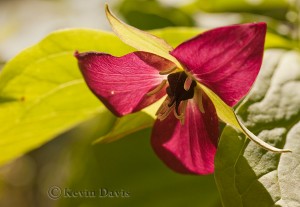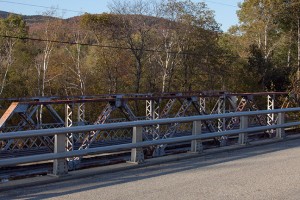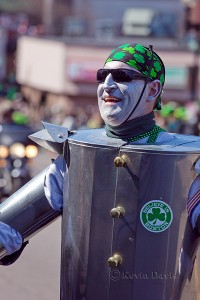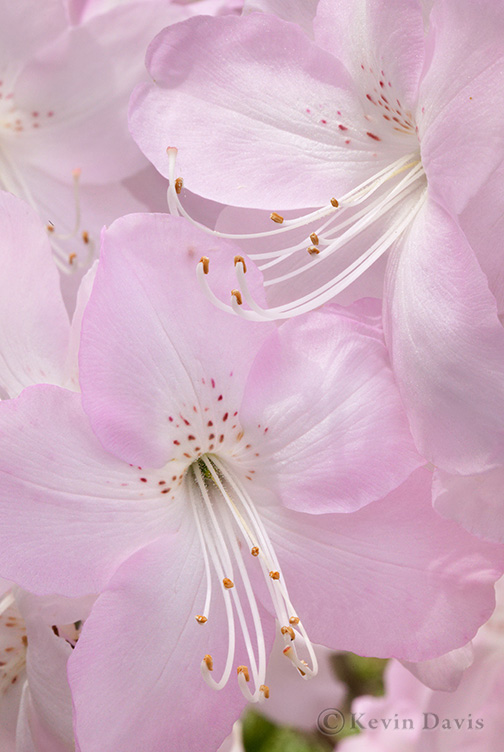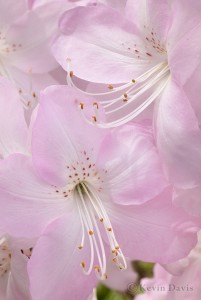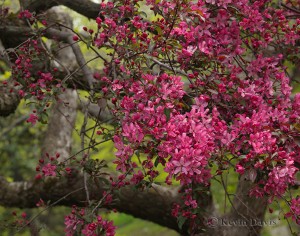Purple Trillium, Painted Trillium, and Trout Lilly are just a few of the wildflowers in bloom in the White Mountains of NH this weekend.
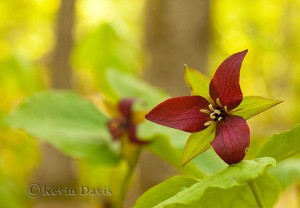 Purple Trillium is tricky to photograph because it has a nodding presentation (the flower faces downward). In the first photo here, I propped up the one flower with a stick (just a couple inches) so that it was not nodding. I love the soft background in this image; there is a strong sense of location yet without sharp details. (f\10 @ 1/50 sec)
Purple Trillium is tricky to photograph because it has a nodding presentation (the flower faces downward). In the first photo here, I propped up the one flower with a stick (just a couple inches) so that it was not nodding. I love the soft background in this image; there is a strong sense of location yet without sharp details. (f\10 @ 1/50 sec)
In the second image (with the sun shining through it), the flower was on a slight rise and I shot up at it as I lay flat out on forest floor. Sometimes you have to get dirty.
(f\7 @ 1/250 sec)
In both cases here I used a reflector to kick a bit of light up into the face of the flower. This helps the first image simply because the flower is much darker than the background. In general, this is not true in the second image, but it does help specific areas that are dark (for example the center of the flower).
Click on either image to see a larger view.
